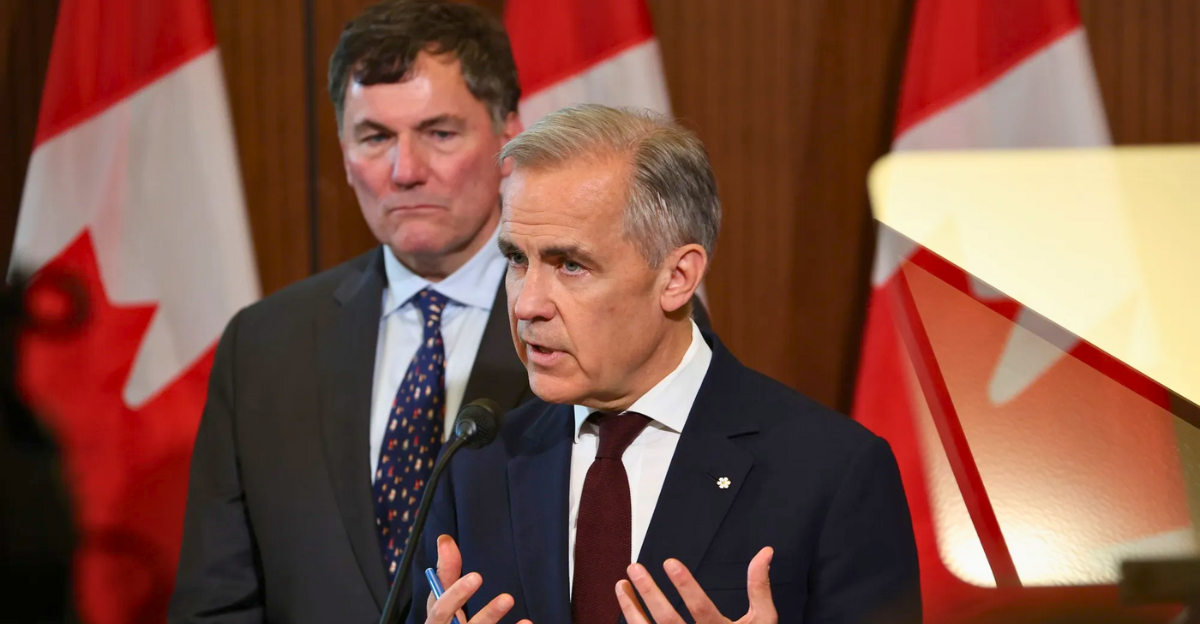
It will take a complex combination of trade diplomacy, legal frameworks, and economic resilience for Canada to be able to avoid high U.S. tariffs in 2025 strategically. The United States, Mexico, and Canada Agreement (USMCA), which exempts more than 85% of bilateral trade from tariffs, is the cornerstone of this approach. In order to adhere to USMCA regulations, Canada used selective tariff removals, indicating cooperation while retaining leverage. The industries most susceptible to tariffs, including steel, aluminum, and automobiles, are supported by this balance.
Canada’s strategy blends pragmatic engagement aimed at preventing escalation and maintaining one of the most significant trade relationships in the world, valued at $1.3 trillion annually, with the defense of economic sovereignty. The plan emphasizes measured retaliation over destructive escalation, drawing on decades of experience managing trade tensions in North America.
The US-Canada Trade Relations Historical Context
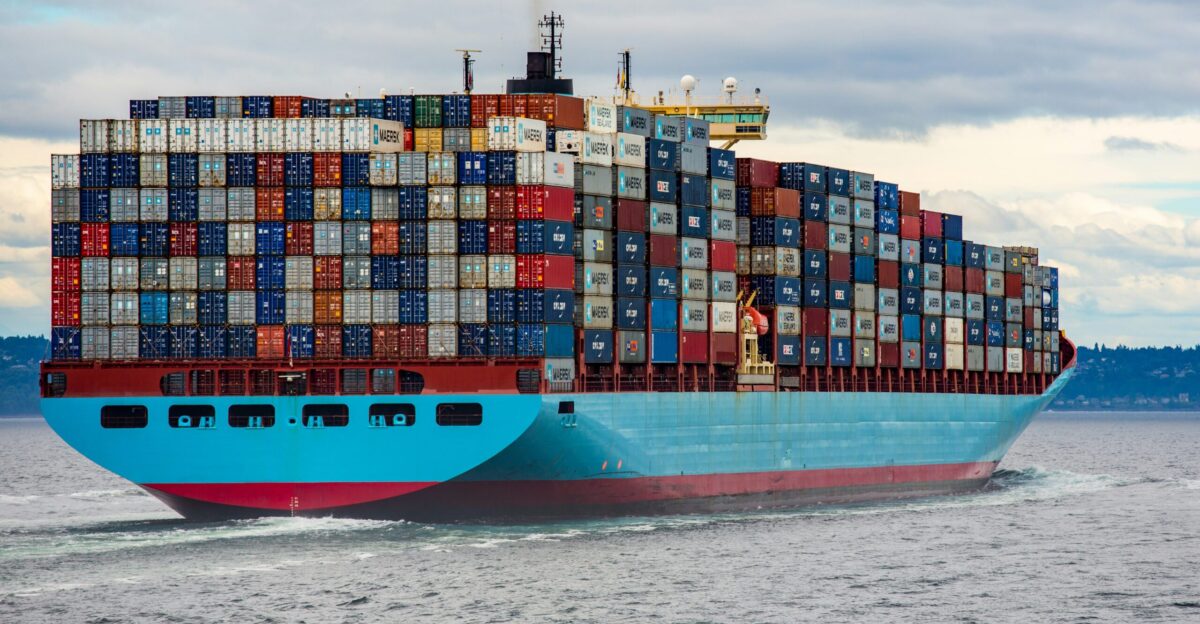
One of the most interwoven trade relationships on the planet exists between the United States and Canada, with bilateral trade worth approximately $1.3 trillion a year and contributing roughly one-third of Canada’s GDP. The 1989 Canada-U.S. Free Trade Agreement, which was later extended by NAFTA and superseded by the USMCA in 2020, is the origin of this legacy.
Specifically in the automotive, energy, and agricultural sectors, these agreements established integrated supply chains. However, tariffs violently shattered this balance during the Trump and early Biden administrations. Along with threats against autos, the United States’ 25% steel and aluminum tariffs imposed in 2025 marked a dramatic policy reversal intended to lower trade deficits and support domestic industries.
A Foundational Aspect of the USMCA
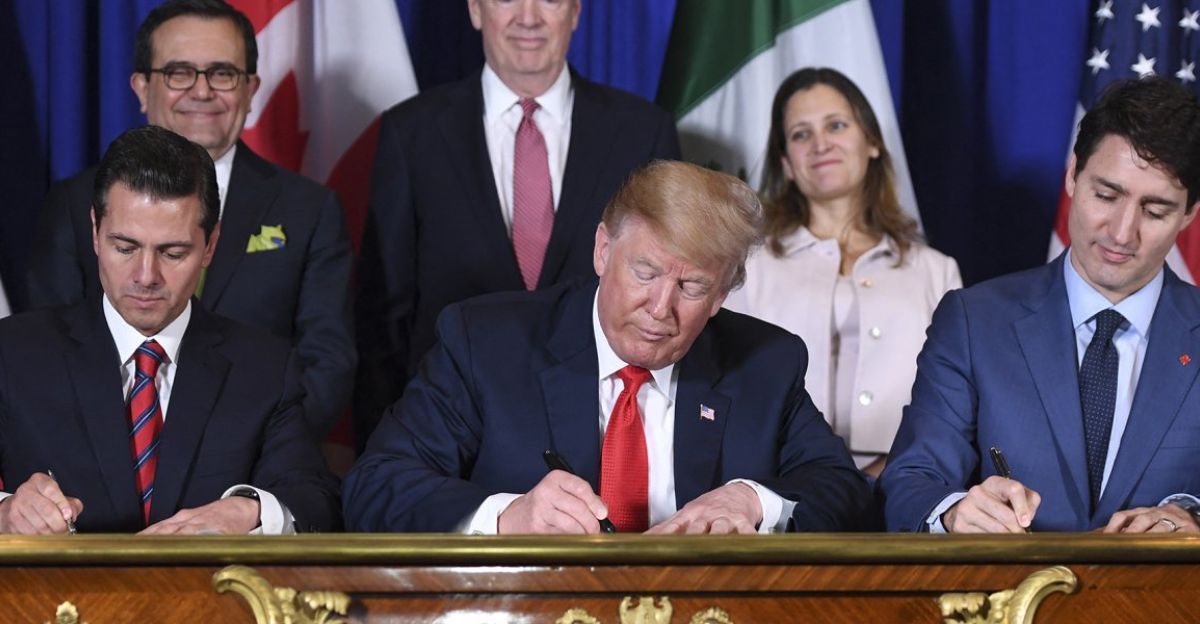
The USMCA remains Canada’s primary safeguard against punitive tariffs. By allowing tariff exemptions on compliant goods and covering over 85% of Canada-U.S. trade as of August 2025, the trade agreement safeguards vital sectors like auto parts, energy, and agriculture. Canada’s 2025 decision to remove retaliatory tariffs on U.S. goods compliant with the USMCA is a prime example of strategic alignment aimed at securing tariff-free access to a U.S. market worth $761.8 billion.
This move further demonstrates Canada’s commitment to multilateral trade rules and legal remedies after decades of earnest negotiations were tested by U.S. tariffs. Canada’s legal protections allow it to negotiate tariff reversals and safeguard its trade interests without igniting a larger conflict.
Retaliatory Tariffs Targeted as Leverage

Instead of escalating arbitrarily, Canada’s 2025 use of retaliatory tariffs shows a thoughtful, targeted strategy. Selective tariffs on politically sensitive U.S. goods, such as wine, spirits, peanut butter, and orange juice, increase political pressure in swing states and reveal administration weaknesses. This strategy seeks to minimize harm to Canada’s consumers and larger economy while using domestic politics in the United States to accelerate the rollback of tariffs.
Tariffs on $30 billion worth of American goods, for instance, targeted particular industries while striking a balance between diplomatic flexibility and deterrence. By taking these countermeasures, Canada demonstrated strategic deterrence by indicating that it was unwilling to accept unfavorable terms passively. This focused approach avoids the dangers of a full-scale trade war while allowing for discussion. It also demonstrates restraint by balancing political benefits against financial costs.
Reforming Internal Trade to Resist Outside Pressures
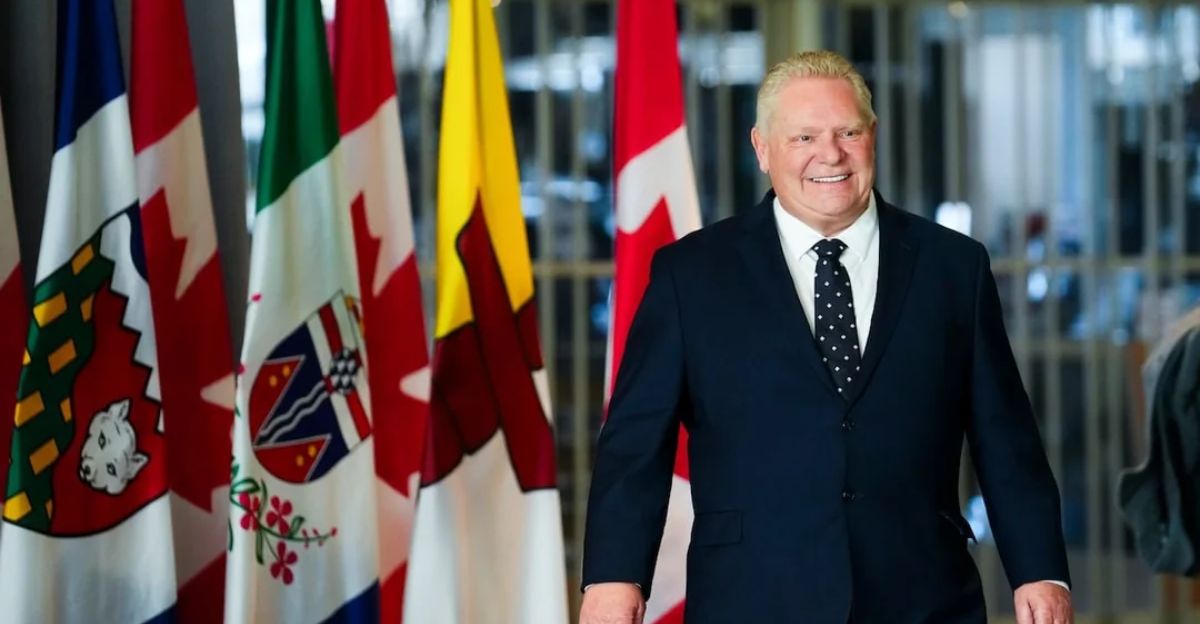
The federal and provincial governments of Canada acknowledge that internal economic frictions are revealed by external tariff pressures. Market fluidity significantly improved in 2025 when Ontario removed interprovincial trade barriers, which were previously thought of as expensive “self-imposed taxes.” According to estimates, these internal reforms can lower economic overhead by up to 15%, which will help Canadian companies better withstand external shocks like U.S. tariffs. Removing obstacles improves supply chain effectiveness, increases competitiveness, and strengthens Canada’s resilience overall.
Similar policies have also been pursued by provinces like Alberta and Quebec, which have streamlined regulations and cut down on cross-border red tape. In addition to enhancing economic integration at home, these reforms show international partners that Canada is dedicated to a strong, single marketplace.
Engagement in Tactical Diplomacy with the United States

Firm engagement combined with respect for the political realities of the United States characterizes Canada’s diplomatic approach under Prime Minister Mark Carney. While current negotiations seek to place tariffs within a larger strategic and security discourse, pragmatism is demonstrated by aligning Canadian tariff policy with USMCA exemptions. By connecting tariff talks to concerns like supply chain security and border safety, Carney and his aides frequently highlight the economic vitality and shared North American security.
In addition to removing punitive tariffs, this nuanced diplomacy seeks to rebuild frameworks of cooperation and trust. To preserve the narrative of partnership, diplomacy goes beyond official discussions and includes backchannel conversations and public engagement. Given how tariffs relate to geopolitical issues like immigration and drug trafficking, this kind of involvement is essential.
Analysis of Economic Impact and Response Strategies

The unequal effects of U.S. tariffs on Canadian provinces are revealed by a thorough economic analysis conducted in 2025, highlighting the significance of region-specific responses. Up to 100,000 jobs in industries like manufacturing, agriculture, and mineral processing are at risk due to the tariffs, especially in resource-rich provinces like Alberta and Quebec. In order to calibrate responses ranging from tax relief to export diversification, policymakers use data-driven models to quantify potential GDP losses, which are estimated to be 2.6% of Canada’s GDP if tariffs continue.
These analyses serve as a guide for internal stimulus plans and diplomatic positions, with the goal of safeguarding vulnerable areas while preserving overall fiscal equilibrium. Second-order effects, like price inflation for consumers due to disrupted supply chains and potential changes in U.S. consumer behavior, are also taken into account in the economic forecasting.
Innovation and Supply Chain Diversification

As part of its strategic shift, Canada is actively diversifying its supply chain to lessen its reliance on the American market and to spur new trade with Asia, Latin America, and Europe. Along with increased investments in port and logistics infrastructure, Canadian exporters and manufacturers are increasingly looking to access markets in China, Mexico, and Brazil. By spreading risk throughout the world, this diversification protects the economy from exposure to unilateral tariffs.
Canada encourages innovation by increasing R&D spending and adopting new technologies, focusing on high-value industries like digital services, clean energy, and aerospace. These sectors are anticipated to propel future exports and are less vulnerable to conventional tariff disputes. In addition to addressing current issues, the strategic fusion of innovation and diversification helps Canada move away from its reliance on commodities and align its trade policy with the economic realities of the twenty-first century.
The Function of Capital Access and Technology

Having access to funding for technological development has emerged as a vital defense. In order to attract both domestic and foreign direct investment, Canada’s strategic incentives are centered on startups and scaleups creating advanced manufacturing and digital solutions. These businesses can compete internationally while reducing their dependence on the susceptible U.S. consumer base thanks to financial assistance like loan guarantees and tax credits.
A strong tech sector boosts output, produces high-caliber jobs, and develops export-ready businesses that are protected from tariff shocks. In order to hasten the diffusion of innovation, the government also encourages collaborations between industry and academia. This capital allocation foresight demonstrates Canada’s dedication to using innovative economic modernization to turn tariff adversity into opportunity.
Layers of Psychology and Geopolitics

Geopolitics and intricate psychological signaling are integrated in Canada’s strategic model. Perceptions of U.S. coercion are undermined by Canada’s resolute and resilient actions. Both domestic confidence and international respect are psychologically reinforced by this assertive posture. Under the USMCA, Canada and Mexico coordinate geopolitically to put up a united front against U.S. unilateralism, making Washington’s strategic calculations more difficult.
By increasing leverage and risk-sharing, the alliance emphasizes regional economic integration as a counterbalance to protectionism. These geopolitical and psychological aspects emphasize trade strategy as a means of alliance-building and perception management, which are essential to maintaining Canada’s economic independence in the face of growing nationalism.
Alternative Perspectives on Conventional Knowledge

By combining targeted retaliation, legal adherence to the USMCA, and selective tariff withdrawals, Canada’s tariff strategy exemplifies sophistication in contrast to expectations of either capitulation or tit-for-tat escalation. This nuanced approach emphasizes strategic patience while rejecting the binary mindset of trade confrontation. In order to indirectly influence U.S. policymakers, it targets tariffs on goods from swing states by utilizing political leverage points within domestic U.S. constituencies.
Canada’s moderation serves as an example of how trade disputes can be handled through strategic, well-informed diplomacy that puts long-term cooperation ahead of immediate benefit, rather than degenerating into destructive economic warfare.
Unintentional Secondary Impacts
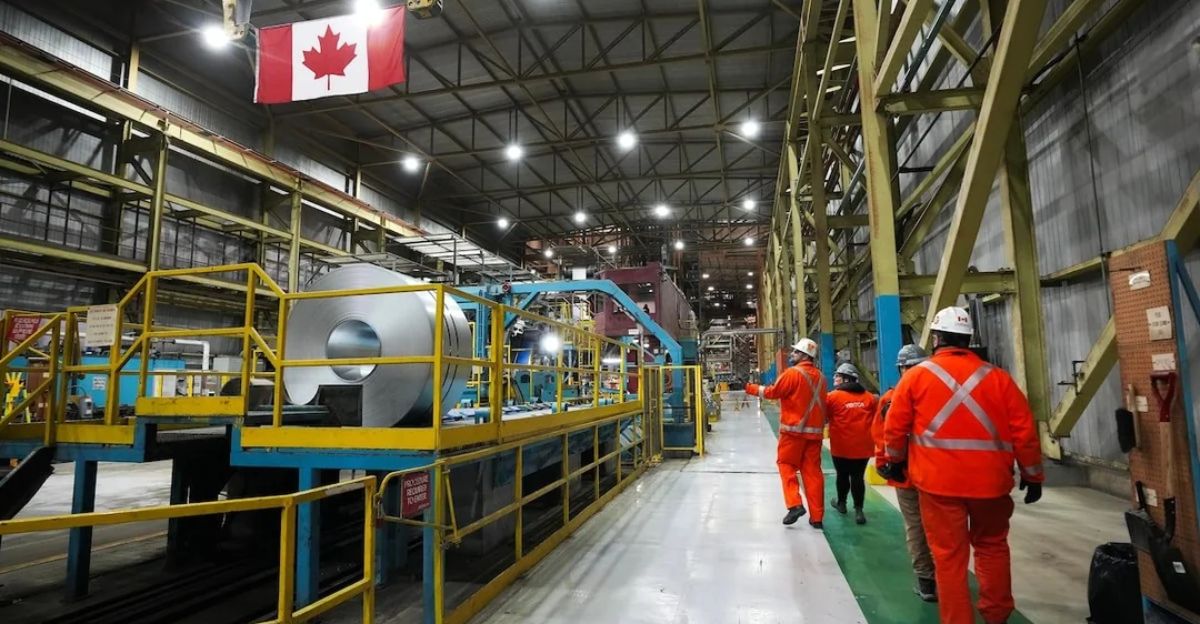
Canada’s economy benefits from a number of second-order effects brought about by its well-balanced tariff actions. Canada encourages the expansion of domestic manufacturing in the steel, aluminum, and energy sectors by keeping tariffs on a few products, which promotes innovation and the creation of jobs. By eliminating inefficiencies that previously impeded growth, internal trade reforms strengthen national economic cohesion.
Tariffs, on the other hand, force American companies to contend with growing input and consumer prices, which may eventually reduce American market share abroad. In critical industries, these trade dynamics may give Canada a competitive edge. As a result, Canada’s approach not only reduces immediate tariff costs but also modifies long-term economic conditions to increase competitiveness.
Sectors of Steel and Aluminum

Canada’s strategic bellwethers in tariff negotiations are steel and aluminum. Canada continues to use U.S. tariffs as negotiating leverage, demonstrating its resolve without resorting to more intense trade disputes. This cautious strategy maintains space for diplomatic discussions under the USMCA’s dispute resolution procedures while safeguarding thousands of jobs in impacted provinces.
To increase their competitiveness and attract customers outside of North America, Canadian manufacturers concurrently invest in sustainable practices and improvements to product quality. This case demonstrates Canada’s inclination for strategic patience by striking a balance between open communication and economic defense while indicating that tariffs are only short-term rather than long-term obstacles.
Similarities in Tariff Evasion Throughout History
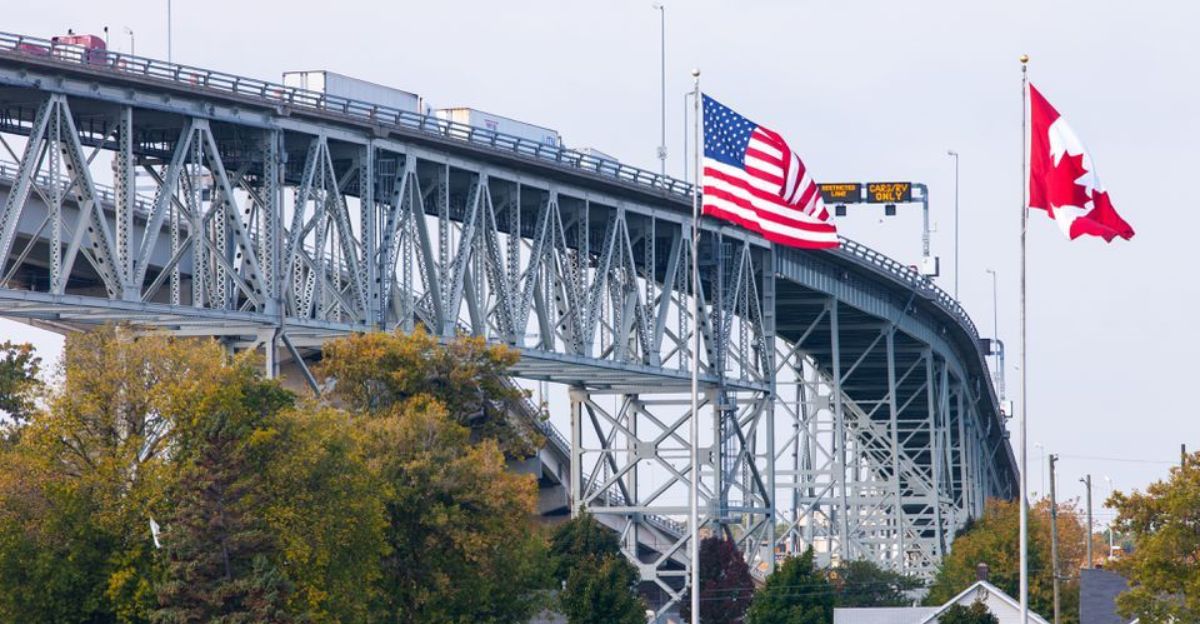
Canada’s current trade policies are reminiscent of those of the early 20th century, when strategic diplomacy and devious trade practices protected Canadian industries from American tariffs. In spite of U.S. protectionism, previous episodes showed the effectiveness of internal tariff adjustments, bilateral negotiations, and legal arbitration in preserving economic stability.
This history demonstrates that Canada’s current approach, which combines selective retaliation with legal recourse, is not a novel experiment but rather a learned tradition. Knowing these historical parallels enhances one’s understanding of Canada’s resilience in the face of adversity, demonstrating that tariff disputes can be resolved without upsetting established business relationships.
Public Relations and Strategic Messaging
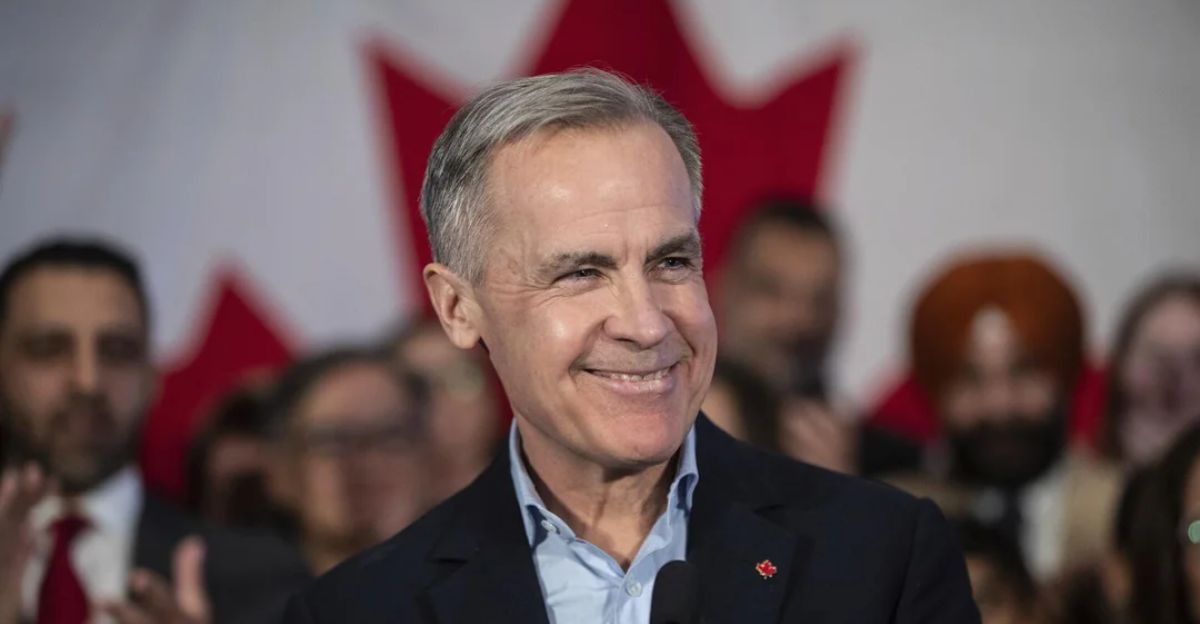
The leadership of Canada carefully crafts messaging that frames tariff responses as strategic moves that protect national interests while preserving alliance, rather than as concessions. This communication approach helps citizens understand the complicated reality of trade disputes, strengthens public confidence, and fights internal fears of surrender.
In contrast to more combative messaging elsewhere, this openness enhances Canada’s standing as a mature and trustworthy country in international trade. A crucial psychological element in maintaining trade resilience is the narrative balance between promoting partnership and asserting sovereignty, which strengthens domestic cohesion and supports negotiating leverage overseas.
Theoretical Hypothesis: Patterns of Trade War De-escalation
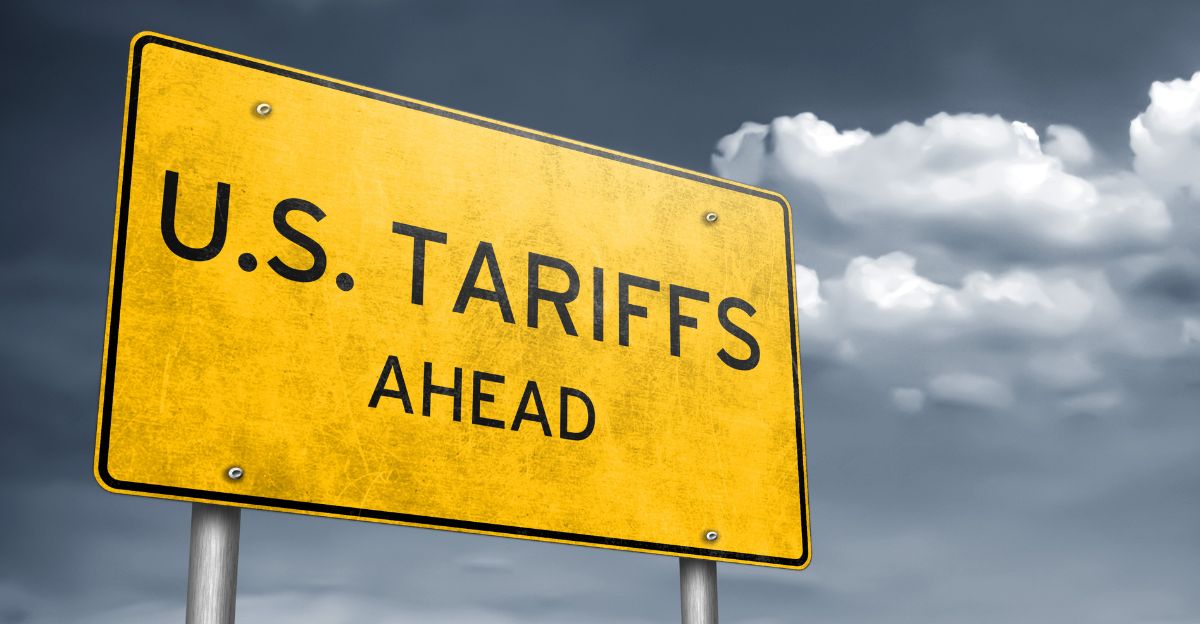
A more comprehensive theoretical framework that uses initial tariff escalation as a negotiating tactic and phased de-escalation in accordance with political cycles might be compatible with Canada’s tariff adjustment strategy. In theory, Canada’s selective removal of retaliatory tariffs in 2025 coincides with the midterm elections in the United States and a shift in the administration’s priorities, which lowers tariff pressure and creates opportunities for negotiations.
This cyclical pattern balances the need for compromise in the economy with the political demands for toughness. By acknowledging this trend, policymakers can better predict future tariff changes and schedule discussions, implying that trade wars are frequently planned, strategic disputes rather than unruly altercations.
Possible Hazards and Difficulties
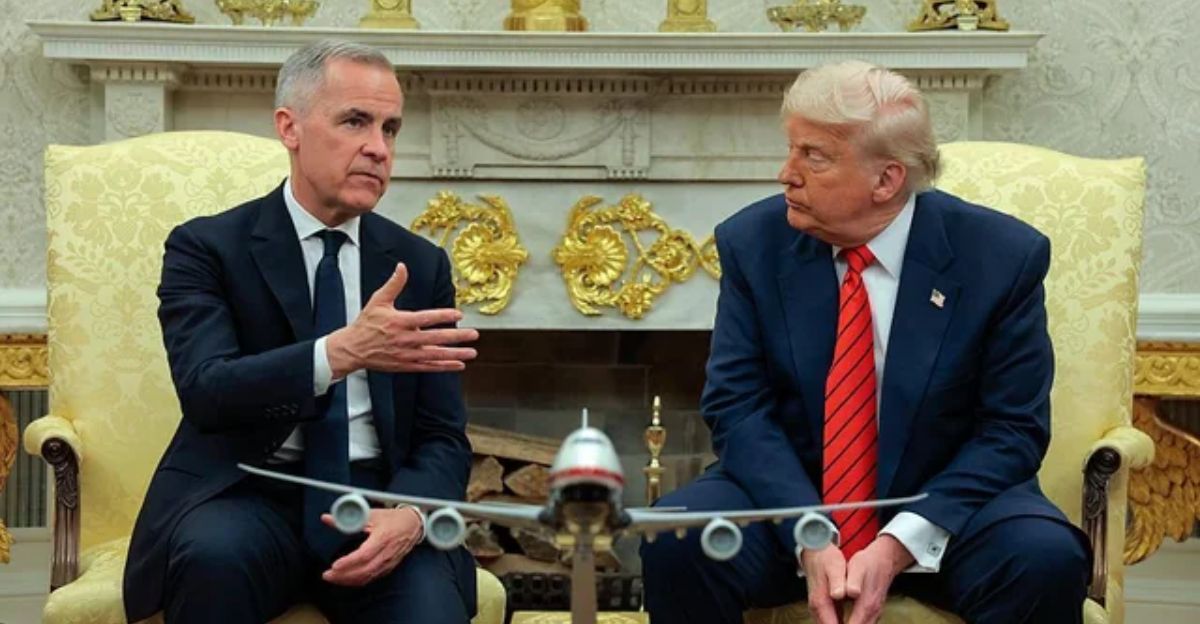
Despite its strength, Canada’s approach is not without risks. Results are susceptible to changes in domestic politics or leadership in the United States due to a heavy reliance on American political goodwill. Extended discussions may worsen economic turbulence, endangering investment and employment security in susceptible sectors. Withdrawals of selective tariffs run the risk of domestic political backlash from impacted industries, who believe they are being given concessions.
Agile governance and transparent communication are necessary to balance these external and internal pressures. Risk management necessitates continuous observation of political and economic cues, as well as making sure backup plans assist Canadian workers and companies in the face of ongoing trade disruption.
Development of a New Trade-Security Alliance

A developing partnership framework that integrates trade, security, and environmental cooperation is hinted at by Canada’s tariff diplomacy. Tariff concerns are increasingly being discussed in relation to supply chain security, energy integration, border security, and harmonizing climate policy. The understanding that economic diplomacy now touches on other areas of policy is reflected in this more comprehensive approach to cooperation.
Canada aims to strengthen trust and increase resilience to external shocks by coordinating tariffs with shared security objectives. Such comprehensive cooperation, which combines economic interests with strategic imperatives, is likely to endure beyond tariff disputes and serve as a model for bilateral relations in a complex global environment.
More General Takeaways for International Trade Strategy

Countries confronting unilateral tariffs can learn from Canada’s trade defense strategy: prioritize adherence to multilateral treaties, use selective retaliation, innovate internally, and diversify supply chains. In stark contrast to passive acceptance or aggressive escalation, this multifaceted approach exemplifies resilience through complexity.
Using rule-based frameworks and focused economic reforms, nations can preserve economic sovereignty and global market integration. The case of Canada emphasizes the value of combining legal, diplomatic, and economic strategies to handle contemporary trade issues characterized by a rise in economic nationalism and protectionism across the globe.
In Conclusion
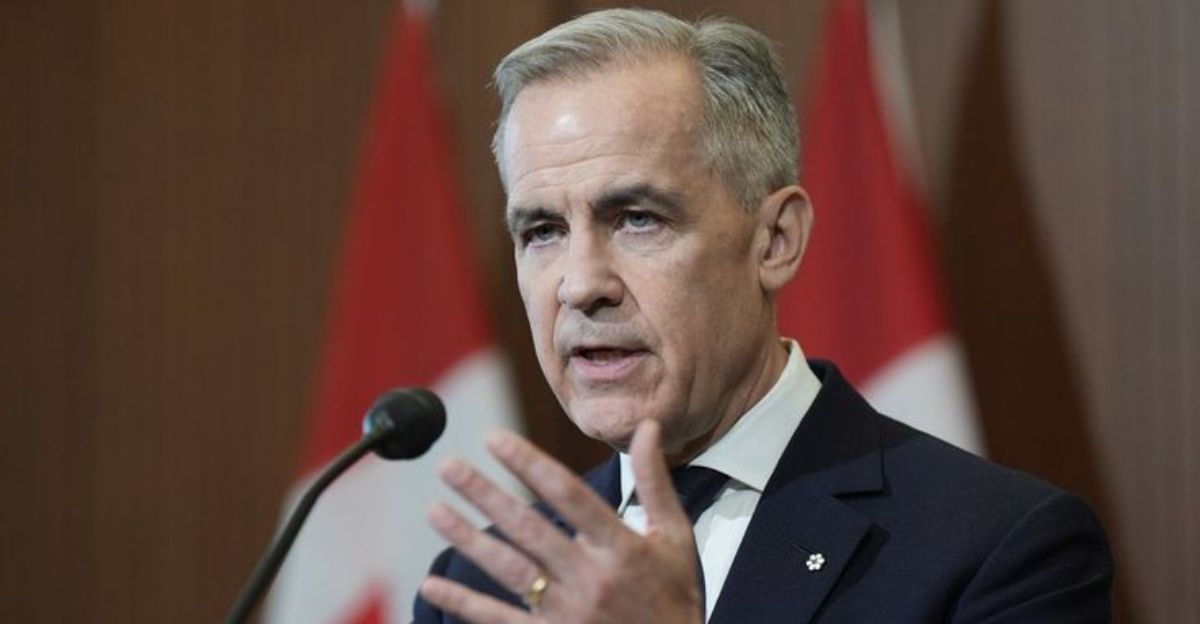
Canada’s reaction to the severe 2025 U.S. tariffs is a prime example of strategic nuance and tenacity. Canada safeguards significant economic ties and national sovereignty by utilizing USMCA legal frameworks, adjusting retaliatory tariffs, increasing internal economic integration, and practicing practical diplomacy. With this strategy, tariff adversity is turned into a tool for diversification, innovation, and the formation of geopolitical alliances.
Canada sets a global standard for handling complex trade tensions with wisdom, patience, and foresight by adopting a balanced approach that steers clear of the extremes of a trade war or surrender. In the end, Canada’s model demonstrates that the best defense against disruptive tariffs in a time of unstable global trade is a multifaceted approach based on economics, law, and diplomacy.